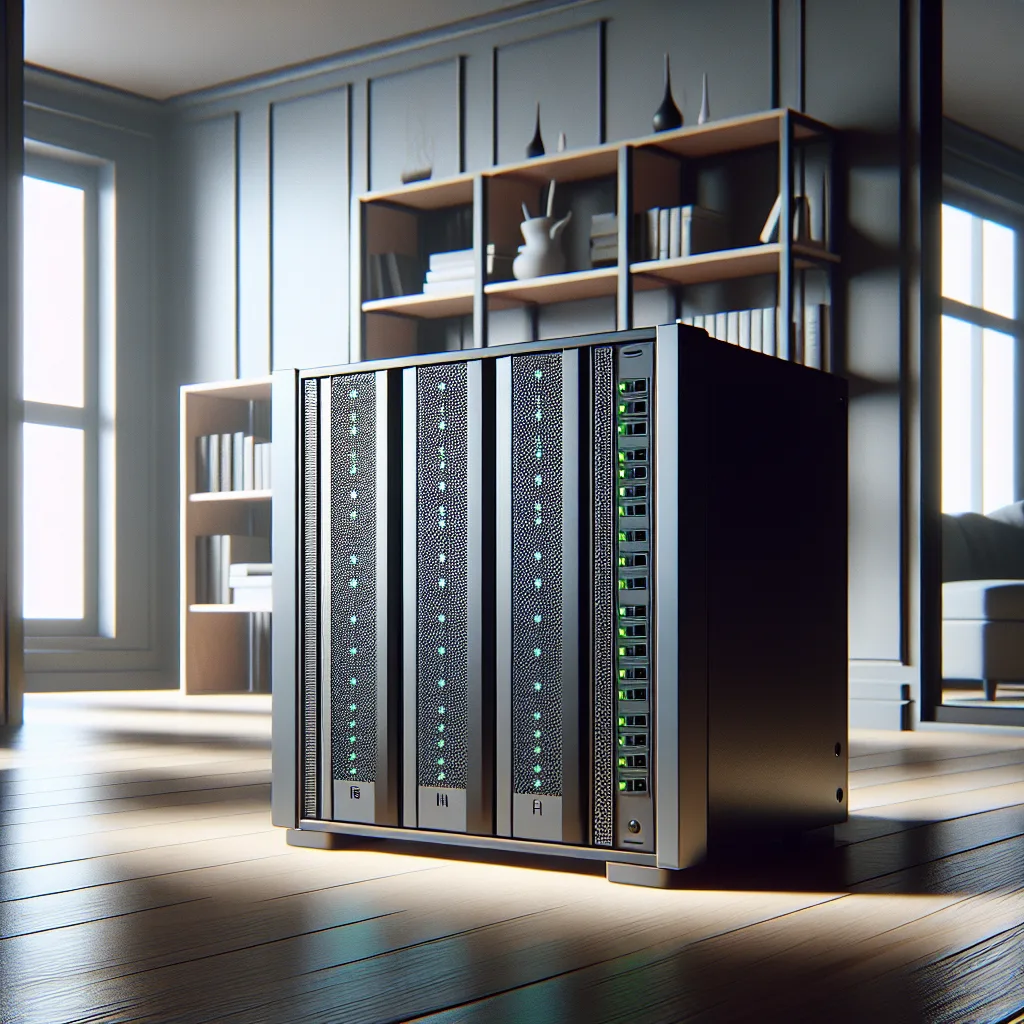Curious about the real cost of a home server with used enterprise gear? I break down the power bill, noise, and hardware costs. It’s cheaper than you think.
You’ve probably heard the warnings. Maybe you were scrolling through forums or chatting with tech-savvy friends about building your own home server. And someone, with the best intentions, probably told you to steer clear of used enterprise gear.
“It’s too loud!”
“It’s a power-hungry monster!”
“Your electricity bill will go through the roof!”
I heard it all, too. When I was piecing together my own home lab, I was surprised how many people were convinced that buying powerful, second-hand server hardware was a terrible idea. The common wisdom is that it’s just not practical for a home setting.
But I love a good deal, and the prices for used enterprise parts are ridiculously low for the performance you get. So I decided to ignore the warnings and do the math myself.
So, What’s the Real Cost?
Let’s get right to it. The biggest fear is the power bill. People picture a giant, humming rack that spins their electric meter like a top. The reality, at least for my setup, is much less dramatic.
My server is built from a single-socket motherboard and a solid Xeon processor—all bought for pennies on the dollar from eBay. I measured its power draw. Most of the time, when it’s just sitting there, it pulls about 200 watts.
When it’s working harder—maybe transcoding a video for movie night or running a backup—that number might climb to 250 watts. I’ve never even seen it hit 300 watts.
Okay, but what does that mean in dollars and cents?
Where I live, the average cost of electricity is about 13.5 cents per kilowatt-hour (kWh). Let’s be pessimistic and assume my server runs at that higher 250-watt level, 24 hours a day, 7 days a week.
The math looks like this:
- 0.25 kW * 24 hours/day * 365 days/year = 2,190 kWh per year
- 2,190 kWh * $0.1356/kWh = $296.96 per year
That comes out to just under $25 a month.
Honestly, that’s nothing. It’s far, far less than the cost of the streaming and storage subscriptions I no longer need because of my server. Even if my power costs were double, or if the server used way more energy, it would still make financial sense. For the value I get, I’d be perfectly happy paying up to $100 a month.
But Isn’t It Loud?
The second myth is about noise. People think “enterprise” and imagine a jet engine in their basement. Again, not necessarily true.
It all comes down to how you build it. I didn’t stuff my server into a tiny 1U chassis, which uses small, high-RPM fans that have to scream to move any air. Instead, I built it inside a big, spacious 4U server case.
This lets me use large, 120mm fans that spin slowly and quietly. The result? The server makes less noise than my gaming PC when its graphics card spins up. The loudest parts are the hard drives clicking away, and there’s not much you can do about that with any computer.
Here’s the Gear, if You’re Curious
This powerful, quiet, and affordable setup wasn’t built with magic. It was built with smart shopping on eBay. Here’s a quick look at the core components and what I paid for them:
- Motherboard: Supermicro X11SPI-TF – $200
- CPU: Intel Xeon 6240 – $50 (Yes, really)
- CPU Cooler: A decent air cooler – $60
- HBA Card (for storage): 3008-16i HBA – $60
- RAM: 192GB of DDR4 ECC – I had this already, but you can get 32GB sticks for around $25 each online.
Before storage, the grand total was just over $500. For that price, I have a machine that can handle anything I throw at it, from running virtual machines to managing a massive library of Linux ISOs.
So, next time someone warns you away from used enterprise gear, just smile and nod. It doesn’t have to be a power-hungry, noisy beast. With a little bit of research and simple math, you can build an incredibly powerful home server that’s surprisingly cheap to run. Don’t let the myths scare you.
